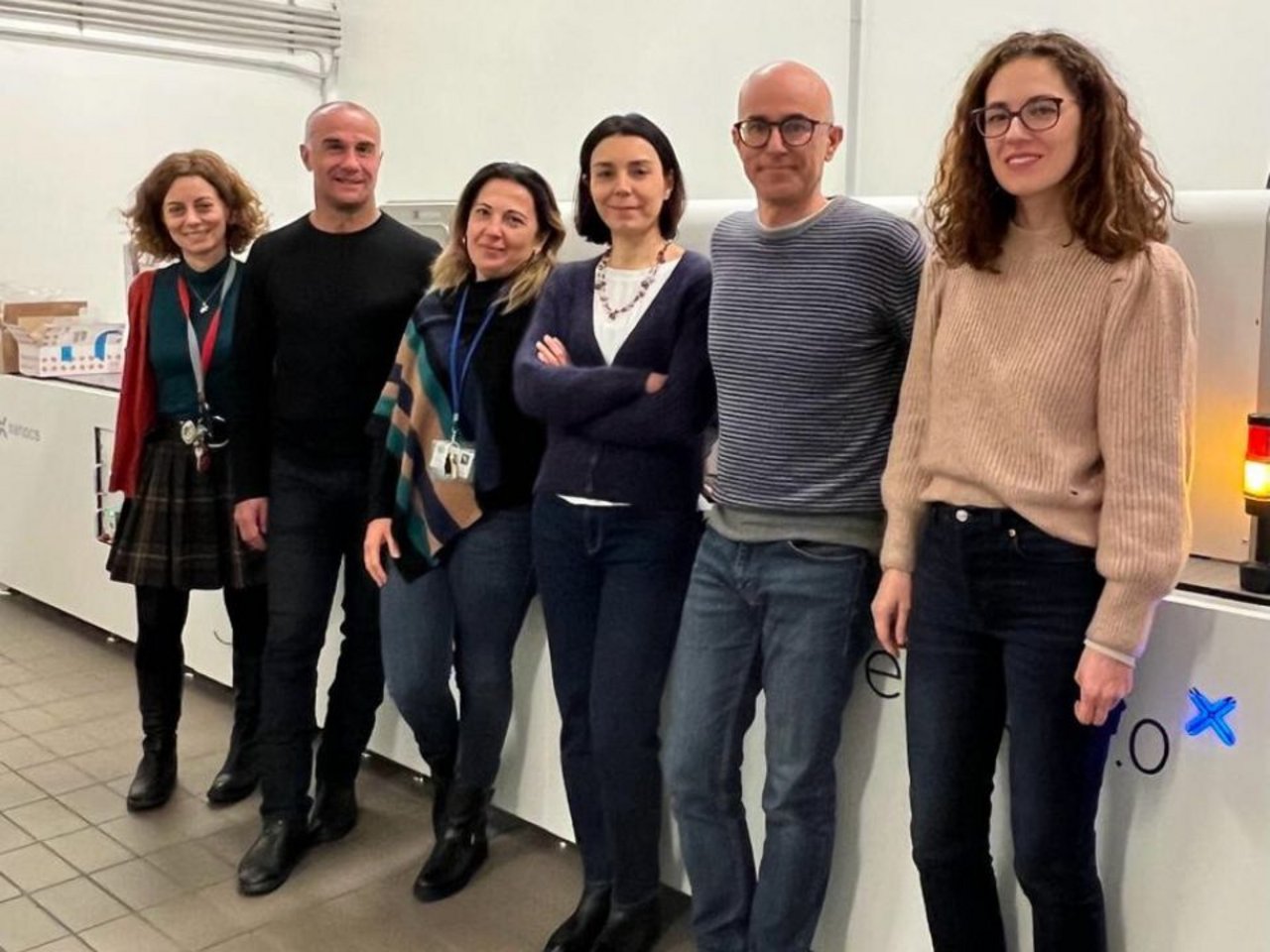New materials for high-performance electronic devices
Hybrid organic-inorganic perovskites are crystalline semiconductor materials that are demonstrating enormous potential for the realization of low-cost, high-efficiency solar cells.
A study by the Politecnico di Milano, published in the Angewandte Chemie International Edition, a journal of the German Chemical Society, in collaboration with the University of Milan-Bicocca, has shown how the use of fluorinated organic cations, in addition to giving hybrid organic-inorganic perovskites water-repellent properties and remarkable stability to different atmospheric conditions, can also be an innovative method for controlling their structure and optoelectronic properties.
Hybrid organic-inorganic perovskites consist of small organic cations and metal halides. Although potentially very interesting, their large-scale commercialization is now hampered mainly by their low stability to air and humidity. In addition, the presence of defects, i.e. vacancies in the crystal lattice, can generate "trap states" that interfere with the movement of charge carriers (electrons and holes) generated by light within the material, trapping them and thus causing electricity losses.
Researchers have shown that thanks to fluorine-fluorine interactions and the segregation of fluorinated moieties, the orderly structure of the material is maintained even at high temperatures, when the material itself is in the molten state and gives rise to liquid crystalline (LC) behaviour. This is a very important aspect because it can be the basis of other phenomena such as ferroelectricity and ferromagnetism.
Liquid-crystalline perovskites have unique optical and electrical properties that make them very attractive even for optoelectronic applications beyond photovoltaics, such as LEDs, photodetectors, sensors and transistors, and supercapacitors with exceptional performance.
Pierangelo Metrangolo, first signatory of the work
The study could open new perspectives to the use of liquid-crystalline perovskites in photovoltaics and in the development of high-efficiency optoelectronic devices. Our results shed new light on the chemistry and structure-property relationships in the evolving landscape of metal halide perovskites, reporting the first case of liquid-crystalline perovskite material, thus going beyond the classical view limited to predominantly crystalline perovskites.
Gabriella Cavallo, co-signatory of the work
Perovskite‐Like Liquid‐Crystalline Materials Based on Polyfluorinated Imidazolium Cations. (2024).
Angewandte Chemie., 63(37).
Read the study online

